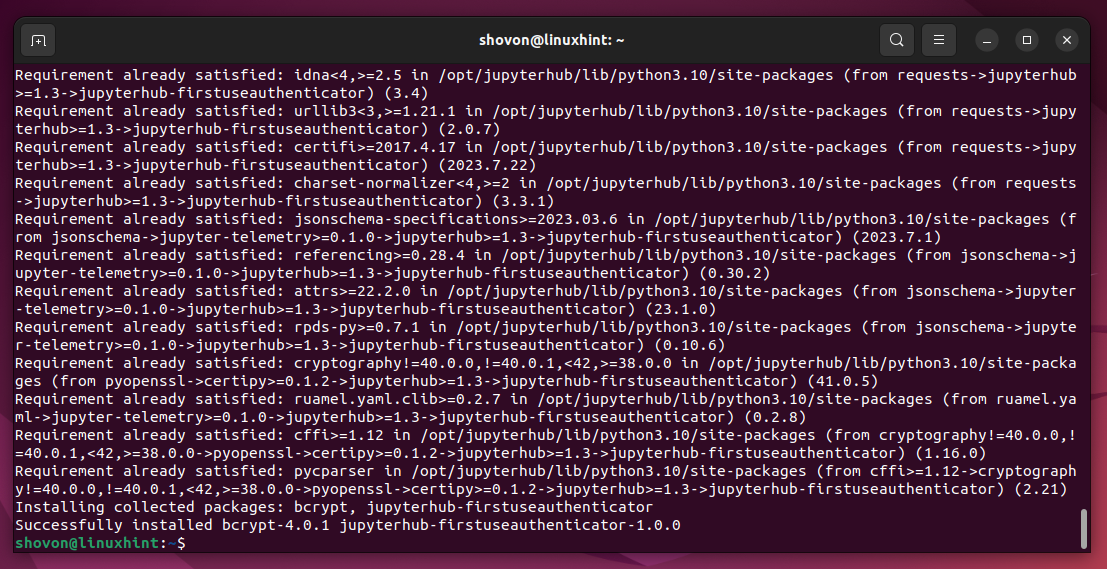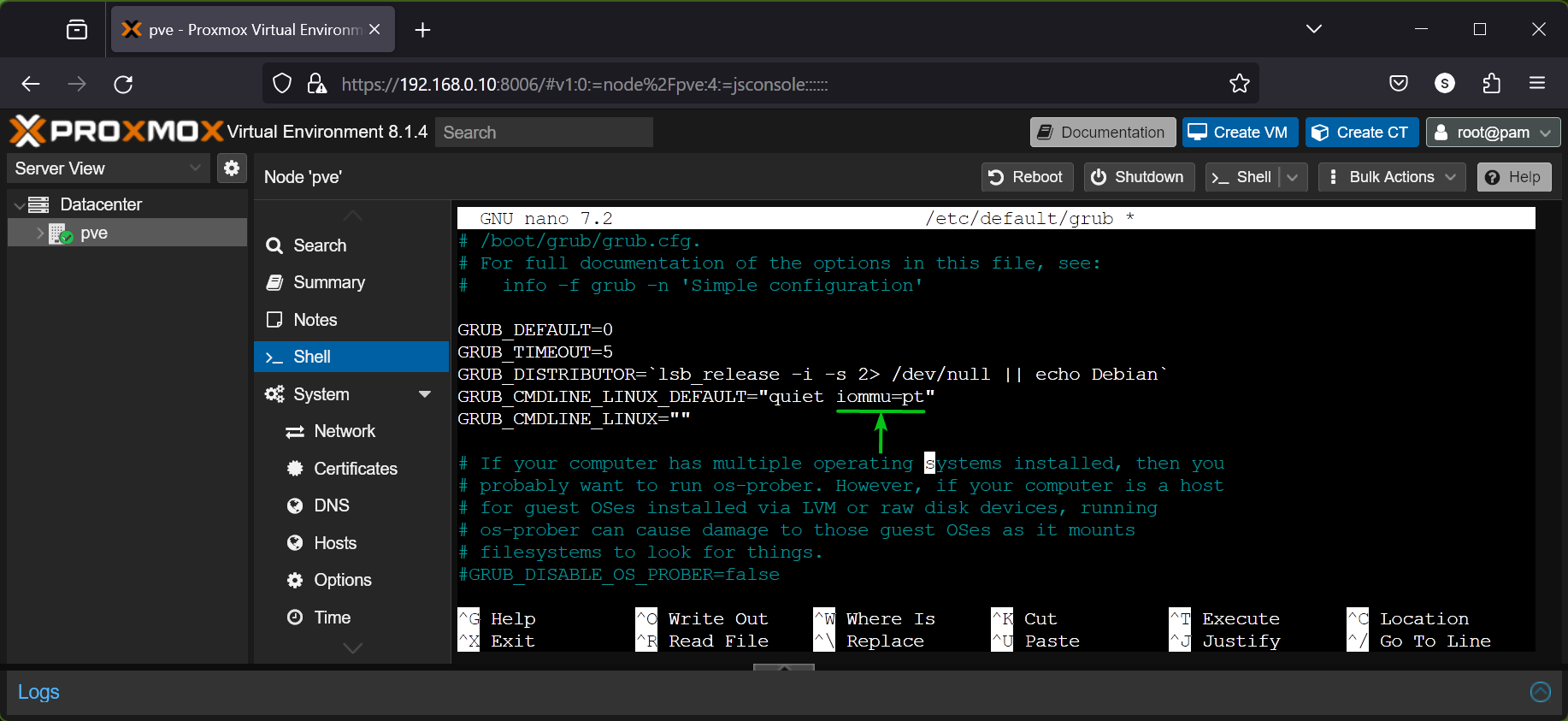configure
-
Blog

Tenable report shows that organizations are failing to configure storage effectively – and may have a false sense of security
Tenable’s 2025 Cloud Security Risk Report has found that there’s sensitive data being held in 9% of publicly accessible cloud storage, and that 97% of this data is classified as restricted or confidential. The data includes API keys, access keys, encryption keys, and tokens, as well as traditional usernames and passwords. More than half of organizations (54%) store at least…
Read More » -
Blog

How to configure Quick Machine Recovery to auto-fix boot failures on Windows 11
On Windows 11, you can now use the Quick Machine Recovery (QMR) feature to fix your computer when it can’t boot correctly, and in this guide, I’ll show you how the feature works and how to configure it. The feature is built into the operating system and designed for seamless recovery. This isn’t your standard Safe Mode or Startup Repair. It’s a…
Read More » -
Blog

How to Use the Apache Web Server to Install and Configure a Website
Every so often, taking a step back and going through the basics is good. It not only helps to ground me as a tech writer, but it helps a lot of people who are just learning the ropes of whatever piece of technology I’m talking about. This time it’s all about the Apache web server, a piece of software that’s…
Read More » -
Blog

How to Configure FirstUseAuthenticator on JupyterHub
In a lab environment, lots of new users will be using JupyterHub. The default Authenticator of JupyterHub allows only the Linux system users to log in to JupyterHub. So, if you want to create a new JupyterHub user, you will have to create a new Linux user. Creating new Linux users manually might be a lot of hassle for you.…
Read More » -
Blog

How to Configure Proxmox VE 8 for PCI/PCIE and NVIDIA GPU Passthrough
Proxmox VE 8 is one of the best open-source and free Type-I hypervisors out there for running QEMU/KVM virtual machines (VMs) and LXC containers. It has a nice web management interface and a lot of features. One of the most amazing features of Proxmox VE is that it can passthrough PCI/PCIE devices (i.e. an NVIDIA GPU) from your computer to…
Read More » -
Blog

How to enable, disable, and configure AutoPlay in Windows 11
Are you tired of the constant pop-ups asking you to choose what happens every time you plug in a USB drive or insert a memory card into your Windows 11 PC? They’re managed by a feature named AutoPlay, which can either be a reliable friend or persistent annoyance, depending on how you configure it. In this guide, I share how…
Read More »

